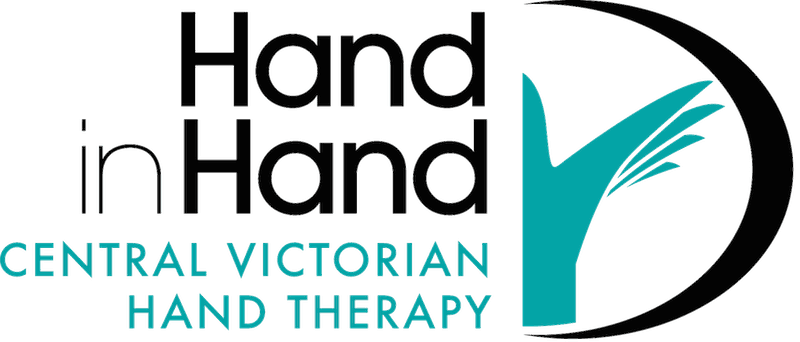Orthoses, Splints & Braces
Central Victorian Hand Therapy clinicians will conduct a full assessment of your condition before suggesting the most appropriate orthosis, brace or splint for your exact condition and functional demands.
Orthoses, splints and braces are used by Hand Therapists to support the hand, wrist or elbow after an injury or surgery, or to provide support to an area affected by an upper limb condition. Sport guards often allow an earlier and/or safer return to sport and are permissible to be worn during competition.
We are able to fabricate custom made orthoses - splints and braces - or may suggest a prefabricated brace depending on the specific requirements of your injury or upper limb condition.
What Is the Difference Between Orthoses, Splints & Braces?
An orthosis (plural: orthoses), or orthopaedic brace, is a medical device that is used to modify and support the structure of muscles and bones. Generally the term orthoses can refer to splints and braces. Splints are generally intended for shorter term usage, for example to assist in the recovery of a fracture or dislocation. Whereas braces are intended for longer term usage to support joints, alleviate pain and recover from injuries and chronic conditions.
Orthoses are used to:
- Control, guide and limit the movement of the injured limbs
- Immobilise fractured limbs
- Correct deformity
- Protect injured limbs
- Assist rehabilitation
- Reduce pain
- Provide support and help with mobility
Not All Orthoses Are Made Equally
Orthoses are made from different materials, such as metal, leather, thermoplastic, fibreglass and cloth. At Central Victorian Hand Therapy, low temperature thermoplastic is the material of choice.
Thermoplastic splints and braces have the following benefits:
- Waterproof, thus can be worn during showering, swimming or other water activities.
- Lightweight.
- Easily applied and removed.
- Remouldable and adjustable.
Depending on your specific hand injury or condition, our hand therapists may provide you a prefabricated brace or will fabricate a custom-made orthosis.
Why Do I Need A “Cast” For My Broken Limb?
Casts, orthosis or splints are all used to immobilize, stabilize and hold broken bones in place until sufficient healing has occurred. A cast is most commonly applied in hospital and assists with stabilizing when you have the greatest amount of swelling, pain and discomfort. They are a lower cost option and easily moulded into your unique shape.
There are generally three options for your broken limb. A plaster of paris cast, a custom made thermoplastic orthosis, and a waterproof cast. Orthoses have been discussed in another section.
Waterproof casting
Water proof casting is not commonly used in practice but can be another option to heavy, itchy rigid plaster of paris material. A waterproof cast consists of a waterproof liner/padding and a fiberglass casting material. The waterproof liner is breathable and durable and repels water. This makes them water resistant, enables drainage in a shower and less likely to have unpleasant odors. Swimming of up to 2-3 hours is possible while not allowing any ability to remove the cast (as can be tempting for some children or adults).
Waterproof casts need to be organized in advance so we have the correct materials.
What Is The Difference Between A Cast, Waterproof Cast And An Orthosis?
The main differences are:
- Standard plaster of paris casting is the traditional casting used. It is heavy, smellier and often needs replacement in the first weeks or two due to swelling changes. It requires cutting off with a plaster saw. It can also be much more difficult to clean. Heaviness can cause shoulder or neck pain especially in older people, and the inability to wash properly is often a big drawback.
- Any type of cast is used for the more untrustworthy patient, whom the doctor thinks otherwise remove it earlier than medically advised and ruin their outcome.
- A waterproof cast enables swimming and showering without covering and still prevents removal.
- An orthosis, as mentioned before, is held on with velcro strapping and is therefore able to be removed for washing, hygiene and adjustments over time. An orthosis often is the best of both worlds for most people, as it is moldable, lightweight, rigid, reasonably cost effective, and able to be used in water (although this should be on the advise and specific direction of your therapist).
Book an appointment with our experienced Hand Therapists by either calling us on (03) 4439 9885 or through our online booking system now
How Do I Decide Which Option Is Best For Me?
A suitable orthosis is important as it provides support and increase recovery rate, whereas a badly fitted orthosis may cause discomfort, hinder movement, mobility and recovery. And, compared to a traditional plaster cast, a waterproof cast has some advantages. However, our experienced clinicians will thoroughly assess your condition to ascertain the most appropriate cast or orthoses for you. At Central Victorian Hand Therapy, your hand condition will be thoroughly assessed by one of our professional hand therapists before the most suitable orthosis (splint, brace, sports guard) is prescribed.
You can contact us directly via phone, email, or contact us via our online booking system.
Please note, patients who want to refer themselves are welcome to do so. You only need a referral if you are funded under Workcover, TAC, The Department of Veterans Affairs (DVA), or you are on a Management Plan such as the Enhanced Primary Care Plan from your doctor.

